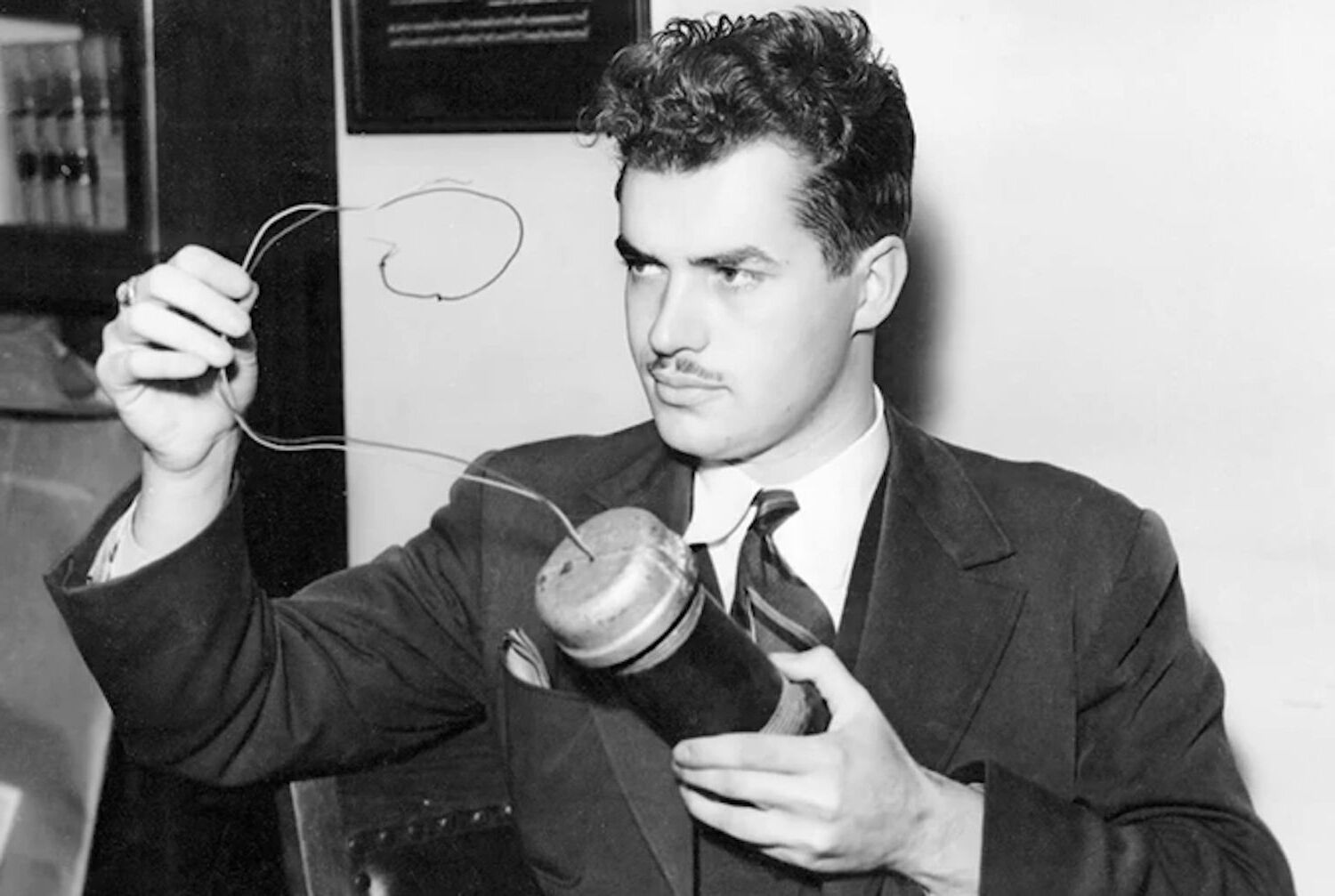
Cytochalasin is a fascinating compound with a range of effects on cells. Derived from fungi, this substance has intrigued scientists for decades. But what exactly makes it so special? Cytochalasin disrupts the actin filaments in cells, which are crucial for maintaining cell shape and enabling movement. This disruption can halt cell division, making it a valuable tool in cancer research. Beyond its scientific applications, cytochalasin also plays a role in studying cell mechanics and understanding diseases. Whether you're a budding biologist or just curious about cellular processes, these 40 facts will shed light on the many facets of cytochalasin. Buckle up for a journey into the microscopic world where this compound reigns supreme!
Key Takeaways:
- Cytochalasin disrupts cell structure and movement, aiding research on cancer, immune response, and wound healing. It may hold potential for treating cancer, fungal infections, and promoting wound healing.
- Cytochalasin's ability to affect cell shape and division has sparked interest in its therapeutic potential for cardiovascular, neuroprotective, and autoimmune diseases, as well as in modulating stem cell behavior.
What is Cytochalasin?
Cytochalasin is a group of fungal metabolites known for their ability to disrupt actin filaments in cells. These compounds have been widely used in scientific research to study cell movement, shape, and division.
- Cytochalasins are produced by various fungi, including species of the genera Helminthosporium and Metarrhizium.
- They were first discovered in the 1960s by researchers studying fungal metabolites.
- Cytochalasins can inhibit cell division by blocking the formation of the contractile ring during cytokinesis.
- These compounds are known to bind to the barbed end of actin filaments, preventing polymerization.
- Cytochalasins can also induce cell shape changes by disrupting the actin cytoskeleton.
- They have been used to study the mechanics of cell motility and the role of the cytoskeleton in various cellular processes.
- Cytochalasin D is one of the most commonly used cytochalasins in research.
- These compounds have been shown to affect not only animal cells but also plant cells and fungi.
- Cytochalasins can increase the permeability of cell membranes, allowing researchers to introduce substances into cells more easily.
- They have been used to study the process of phagocytosis in immune cells.
How Cytochalasin Works
Understanding how cytochalasin works can provide insights into its applications and effects on cells. Here are some key mechanisms of action.
- Cytochalasins bind to actin filaments, specifically at the barbed end, which is the fast-growing end of the filament.
- By binding to actin, cytochalasins prevent the addition of new actin monomers, effectively capping the filament.
- This capping action disrupts the dynamic equilibrium of actin polymerization and depolymerization.
- The disruption of actin filaments leads to changes in cell shape and motility.
- Cytochalasins can also interfere with the formation of stress fibers, which are important for maintaining cell shape and integrity.
- These compounds can inhibit the formation of lamellipodia and filopodia, which are cellular protrusions involved in cell movement.
- Cytochalasins have been shown to affect intracellular transport by disrupting the actin cytoskeleton.
- They can also impact cell adhesion by altering the organization of actin filaments at cell junctions.
- Cytochalasins can induce apoptosis, or programmed cell death, in certain cell types by disrupting the cytoskeleton.
- These compounds have been used to study the role of the actin cytoskeleton in various cellular processes, including endocytosis and exocytosis.
Applications of Cytochalasin in Research
Cytochalasins have been invaluable tools in scientific research, helping to unravel the complexities of cellular processes. Here are some notable applications.
- Cytochalasins are used to study the mechanics of cell movement and migration.
- They have been employed to investigate the role of the actin cytoskeleton in cell division and cytokinesis.
- Researchers use cytochalasins to explore the process of phagocytosis in immune cells.
- These compounds have been used to study the effects of cytoskeletal disruption on cell shape and morphology.
- Cytochalasins are used to investigate the role of actin in intracellular transport and vesicle trafficking.
- They have been employed to study the formation and maintenance of cell junctions and adhesion.
- Cytochalasins are used to explore the role of the actin cytoskeleton in signal transduction pathways.
- These compounds have been used to study the effects of cytoskeletal disruption on gene expression.
- Cytochalasins are employed in research on cancer cell invasion and metastasis.
- They have been used to investigate the role of the actin cytoskeleton in the development and function of various tissues and organs.
Potential Therapeutic Uses of Cytochalasin
While primarily used in research, cytochalasins also hold potential for therapeutic applications. Here are some areas where they might be beneficial.
- Cytochalasins have been studied for their potential to inhibit cancer cell growth and metastasis.
- They have been investigated as potential treatments for fungal infections due to their antifungal properties.
- Cytochalasins may have potential as antiviral agents, as they can disrupt the cytoskeleton of infected cells.
- These compounds have been explored for their potential to modulate immune responses.
- Cytochalasins have been studied for their potential to promote wound healing by influencing cell migration and proliferation.
- They have been investigated as potential treatments for cardiovascular diseases by affecting the actin cytoskeleton in vascular cells.
- Cytochalasins may have potential as neuroprotective agents by preventing cytoskeletal disruptions in neurons.
- These compounds have been explored for their potential to treat fibrotic diseases by inhibiting the formation of actin stress fibers.
- Cytochalasins have been studied for their potential to modulate the behavior of stem cells.
- They have been investigated as potential treatments for autoimmune diseases by modulating the actin cytoskeleton in immune cells.
The Final Word on Cytochalasin
Cytochalasin, a fascinating compound, has a significant impact on cell biology. It disrupts actin filaments, affecting cell movement, division, and shape. Researchers use it to study cell processes and understand diseases like cancer. Despite its benefits in research, cytochalasin can be toxic, so handling it with care is crucial.
Understanding cytochalasin's role helps scientists develop new treatments and therapies. Its ability to inhibit cell division offers potential in cancer treatment, making it a valuable tool in medical research. As we continue to explore its applications, cytochalasin remains a key player in advancing our knowledge of cellular functions.
In short, cytochalasin's unique properties make it indispensable in scientific research. Its contributions to understanding cell biology and potential therapeutic uses highlight its importance. Stay curious and keep learning about the wonders of science!
Frequently Asked Questions
Was this page helpful?
Our commitment to delivering trustworthy and engaging content is at the heart of what we do. Each fact on our site is contributed by real users like you, bringing a wealth of diverse insights and information. To ensure the highest standards of accuracy and reliability, our dedicated editors meticulously review each submission. This process guarantees that the facts we share are not only fascinating but also credible. Trust in our commitment to quality and authenticity as you explore and learn with us.


